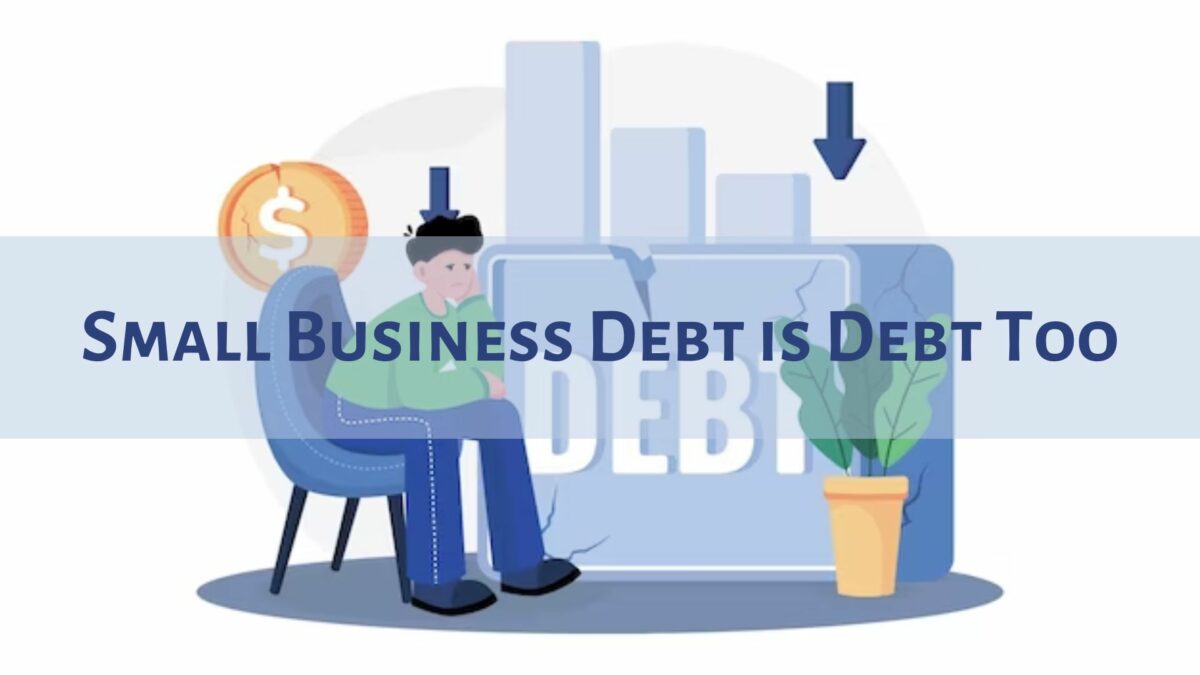“It’s one of those things; you just get a very nice stroke from being included in the next thing.”
–Andreas Katsulas

In my previous startup, when we started it took many months before we got our first big break. Then, we got a job with a major defense contractor working on one of their prime intelligence programs. At first, we were asked to provide two people, but within two months, we were requested to provide ten people to the program. Our small business was entrusted with providing ten skilled professionals for a prime intelligence program.
That was the type of request that we’d been hoping for. We actually knew enough good programmers in the area to be able to fulfill the request. Whoopie! It was like Santa Claus had come and delivered a huge work order in the stocking.
There was one little problem with that work order, though. It was net 45, meaning that we’d get paid 45 days after we submitted the invoices, which were submitted at the beginning of the month. Therefore, it was possible to have a stretch of two and a half months between starting work and getting paid. We had our contractors on a net 30 agreement, meaning that we’d pay them 30 days after getting the invoice, and a couple of them were invoicing us weekly.
What did we do? “No problem!” I thought to myself and tromped down to the local Bank of America with a contract in hand to open up a business line of credit.
I figured that with the contract and our accounts receivable, we could get a business loan. After all, large companies like Microsoft and WalMart have business debt, and I doubt that the bankers are going after Bill Gates and the Walton family to personally sign for those loans.
Boy, was I wrong? First off, Bank of America socked me with a $100 initiation fee for opening up the line of credit (which was an annual fee for the “privilege” of borrowing money from them), and then they ran my credit and made me sign for the loan as the co-signer with the company.
“Well, what the heck,” I thought to myself, “it’s $100 on a huge contract and we’ll pay off this line of credit as soon as we get paid.”
Oops.
One would think that since I’d just recently paid off my student loans, I would be averse to debt and not want to go down that path again. No, not I. I used mental accounting and conveniently put the business debt in an entirely different category than all of the other debt. Somehow, I convinced myself that this was good debt because it was helping fund our company’s growth and our ability to perform the contract.
Let me step back and explain the concept of mental accounting. Nobel Prize-winning economist Richard Thaler coined the term to describe how Monkey Brain allocates categories for all of the money that you spend. Some of it goes to necessities, some goes to investing, some goes to entertainment, etc. One of the biggest ways in which mental accounting hurts you is when you categorize an expenditure that would normally be very painful (debt) into a category that doesn’t cause as much agony for you (business debt). It provides a convenient story for Monkey Brain to tell you so that you don’t worry or agonize as much about the expenditure.
YOU: “That business line of credit is a lot of debt!”
MONKEY BRAIN: “THAT BUSINESS DEBT. BUSINESS DEBT NOT ‘REAL’ DEBT. STOP BEING WEENIE.”
YOU: “OK. You make a good point. Sorry, I bothered you! Here’s a banana!”
Maybe I should have reminded myself that there is no such thing as “good debt.”
The contract itself was profitable. It was well more than profitable enough to pay off that line of credit. Yet, for another four years, that line of credit hung around like the stray cat that insists you feed it off the back porch, continuing to slink around and hang around and never quite going away, no matter how much you shoo it.
When the times were good, it wasn’t noticeable. It was just there on the books and something we’d get to eventually.
However, when we hit a rough patch and a couple of contracts dried up, suddenly, it became quite the anchor in my mind, keeping me up at night, wondering how in the heck we were going to pay it off.
Why did that line of credit hang around so long?
- I was the only one signed for it. Since the other partners didn’t personally sign for the loan, they didn’t feel the pain. Resultantly, they could much more conveniently forget it existed than I could. I don’t blame them, mind you. I didn’t ask, so why should they volunteer?
- We always found other uses for the money. Pay off debt or send a developer to a conference where we might get more business? That always seemed like an easy decision at the time.
- There was no structured plan for paying the debt off. Since we only had to make interest payments, we only made interest payments until there was a chunk of cash laying around that we couldn’t think of other things to do with.
- I didn’t scream loudly enough. I should have been cursing enough to make a sailor blush about that “*#@$(*#$(*#&$& debt that I am signed for,” but I didn’t. I played along with the game and didn’t insist that, come hell or high water, we were paying off that debt.
I’m sure that some of you who are reading this are thinking “Well, you have to have debt in order to grow your business.” Let me dispel you from that lie that banks and the ignorant tell you. Here are some things that we could have done instead of taking out a line of credit:
- Negotiate longer terms with our contractors. We could have easily had discussions with our contractors and told them the situation about the net 45 terms of our customers and asked them to match the same terms. Some of them would have gone along, and that would have probably put us in good financial stead to manage the cash flow. If not, we could have paid a little late and agreed to pay a little “good faith” penalty or something similar.
- Negotiate shorter payment terms from our customers. Since this was our first project with them and it ramped up rapidly, we could have asked for net 30 for a few months until we got our finances solidly under us.
- Invoice more frequently. We could have asked to send an invoice weekly instead of monthly so that we were getting paid more quickly.
- Tap into our personal savings. I like to brag that we started our company with a $400 injection from each of the three founders, but we could have pitched in more money to make up the short-term shortfall until the payments from the customer arrived. Equity in, equity out.
If you are in the fortunate position where you are growing, don’t fall into the trap of taking the easy way out and walking to your local bank to allow them to fleece you for the privilege of borrowing money from them. Be creative. Hustle. Negotiate terms, Work out deals. Don’t go into debt. You may be tying the anchor around your ankle that sinks your company.
Also, if you’re thinking that large businesses aren’t personally signed for loans, you’re right. However, I honestly have no idea how large you have to get your company before those loans become corporate debt rather than personal debt. I can say with certainty that there are several business owners with companies that have millions and tens of millions of dollars in revenues who are still personally signed for loans, so don’t fall into that trap either, thinking that you’ll grow big enough to where the corporate entity is the one signed for the loan. It’ll be additional stress in your life that, as a business owner, you don’t need. Don’t business owners have enough stress already?!?
Author Profile
- John Davis is a nationally recognized expert on credit reporting, credit scoring, and identity theft. He has written four books about his expertise in the field and has been featured extensively in numerous media outlets such as The Wall Street Journal, The Washington Post, CNN, CBS News, CNBC, Fox Business, and many more. With over 20 years of experience helping consumers understand their credit and identity protection rights, John is passionate about empowering people to take control of their finances. He works with financial institutions to develop consumer-friendly policies that promote financial literacy and responsible borrowing habits.
Latest entries
 Low Income GrantsSeptember 25, 2023How to Get a Free Government Phone: A Step-by-Step Guide
Low Income GrantsSeptember 25, 2023How to Get a Free Government Phone: A Step-by-Step Guide Low Income GrantsSeptember 25, 2023Dental Charities That Help With Dental Costs
Low Income GrantsSeptember 25, 2023Dental Charities That Help With Dental Costs Low Income GrantsSeptember 25, 2023Low-Cost Hearing Aids for Seniors: A Comprehensive Guide
Low Income GrantsSeptember 25, 2023Low-Cost Hearing Aids for Seniors: A Comprehensive Guide Low Income GrantsSeptember 25, 2023Second Chance Apartments that Accept Evictions: A Comprehensive Guide
Low Income GrantsSeptember 25, 2023Second Chance Apartments that Accept Evictions: A Comprehensive Guide

